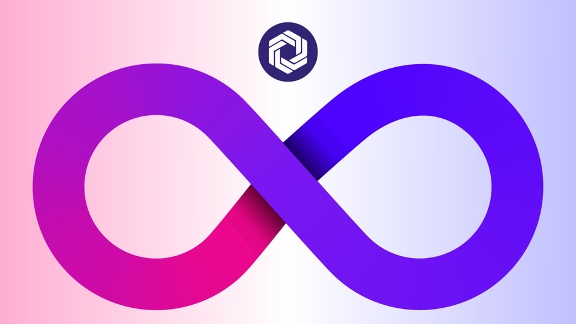
With the fastest growing user base in history, ChatGPT has disrupted many industries including healthcare, marketing, technology, manufacturing, and more. Some ways people within the DevOps space are now using it include:
These benefits are available across the DevOps cycle. Project owners, project managers, BAs, QAs, developers, and many others feel its benefits. Even in 2022, AI was enabling developers to complete tasks twice as fast as those not using AI. Business analysis is currently in the beginning of an AI revolution. A Gartner survey showed that 70% of U.S. workers want to use AI to reduce some tiresome and repetitive tasks.

ChatGPT is spearheading this change. It is already helping teams improve processes, reduce errors, and increase worker productivity. A study showed generative AI can increase the performance of skilled workers by up to 40% compared to those who don’t use it.
ChatGPT also helps with continuous learning and optimization throughout the DevOps cycle.
To integrate ChatGPT into your Azure DevOps workflow, you can:
For all its revolutionary benefits, ChatGPT has a few drawbacks:

However, incorporating the power of ChatGPT into DevOps does give you a powerful competitive edge. With Copilot4DevOps, you gain the incredible advantages of ChatGPT with none of the drawbacks. Further, it is integrated directly into Azure DevOps and into your DevOps workflow, making this an easy, efficient process.
It is available in three variants: Lite, Plus, and Ultimate. Lite comes standard with Modern Requirements4DevOps. Plus and Ultimate versions are available as upgrades. They are also available as standalone options directly plugging into Azure DevOps. The differences between Copilot4DevOps Plus and Copilot4DevOps Ultimate are outlined below.
Features include:
Copilot4DevOps Plus:
Copilot4DevOps Ultimate (includes all features of Plus in addition to these):
Also included for all models:
Copilot4DevOps blends ChatGPT’s intelligence with Azure DevOps without over-reliance on extensive prompting. Its seamless integration with Azure DevOps ensures a smoother workflow, enhanced by intuitive system prompts and the ability to customize with your expertise. But for specialized applications, you can also fine-tune its responses with Custom Instructions.
It also gives you peace of mind as it inherits the latest security policies and updates from OpenAI and the Azure OpenAI service.
In Enterprise applications, Copilot4DevOps ensures data remains within your control, eliminating concerns about data governance and privacy.
AI is the future of DevOps productivity with ChatGPT leading this trend. But tools like Copilot4DevOps are changing the industry with better interfaces and integration into your DevOps workflow. They will build on top of ChatGPT success but with better specialization for industries and individuals.
DevOps will evolve due to increasing competitiveness in hardware and software development. Companies that use technologies like Copilot4DevOps will gain an unassailable edge in the competitive landscape. Where will you be positioned?